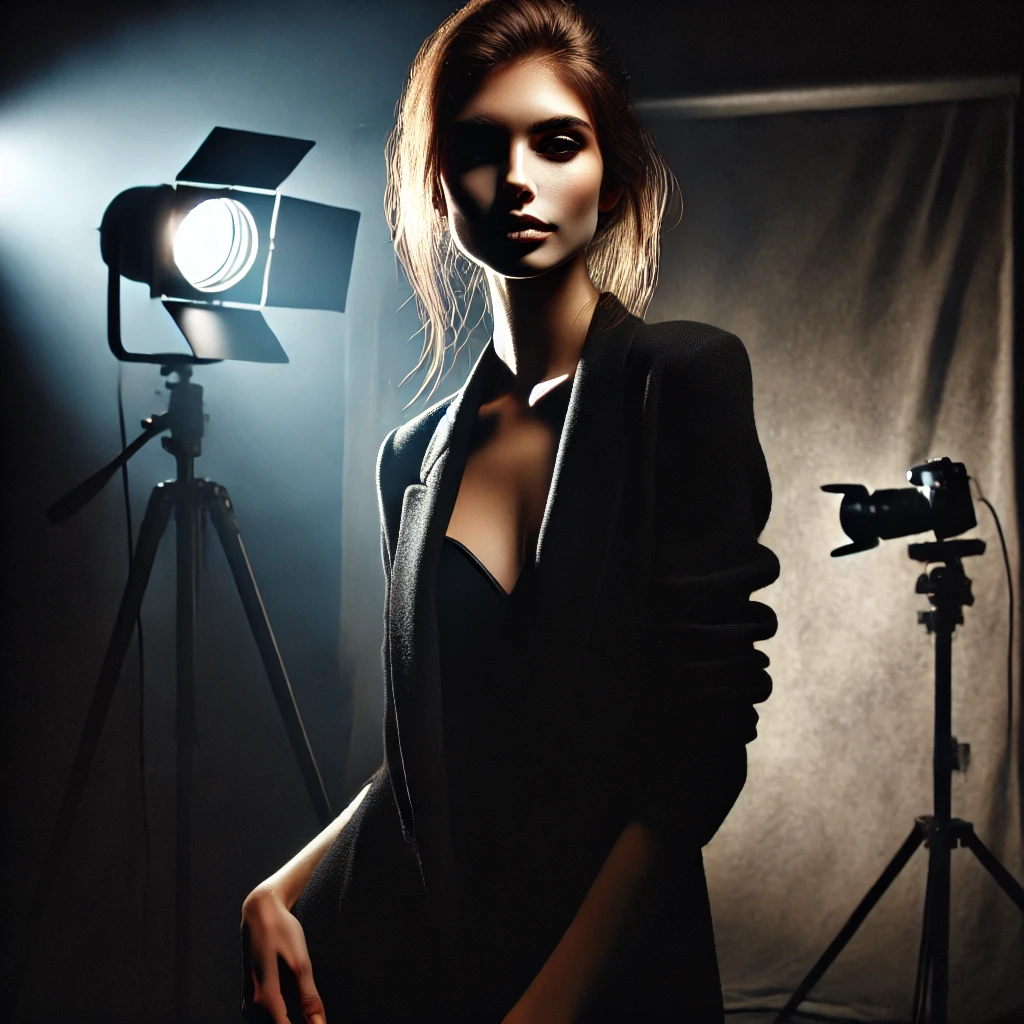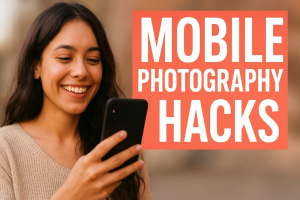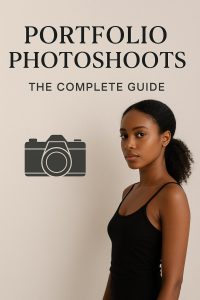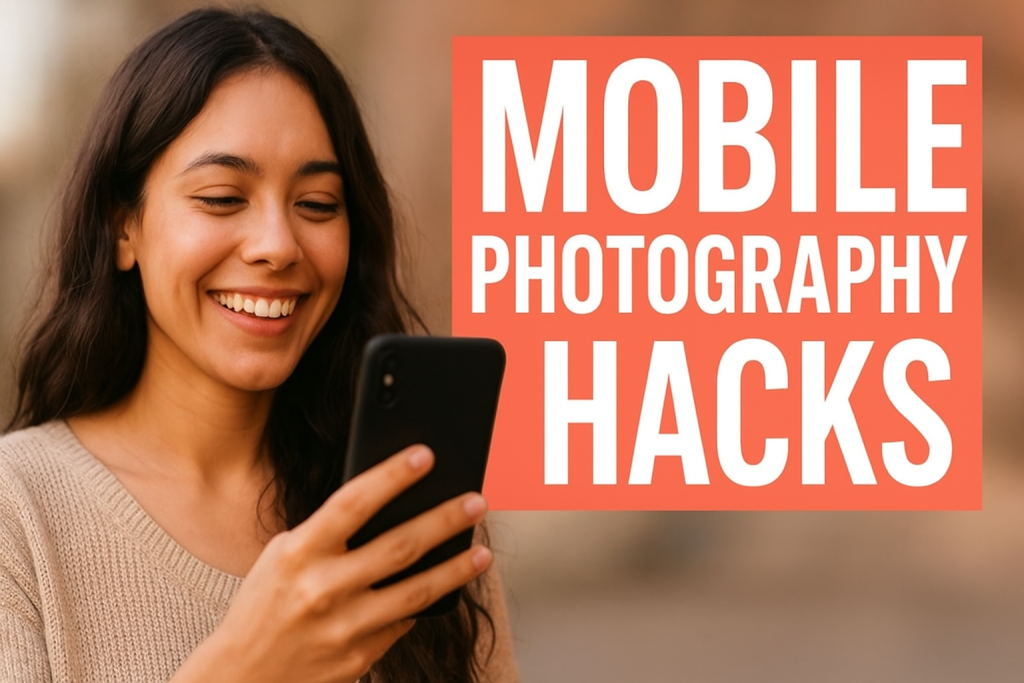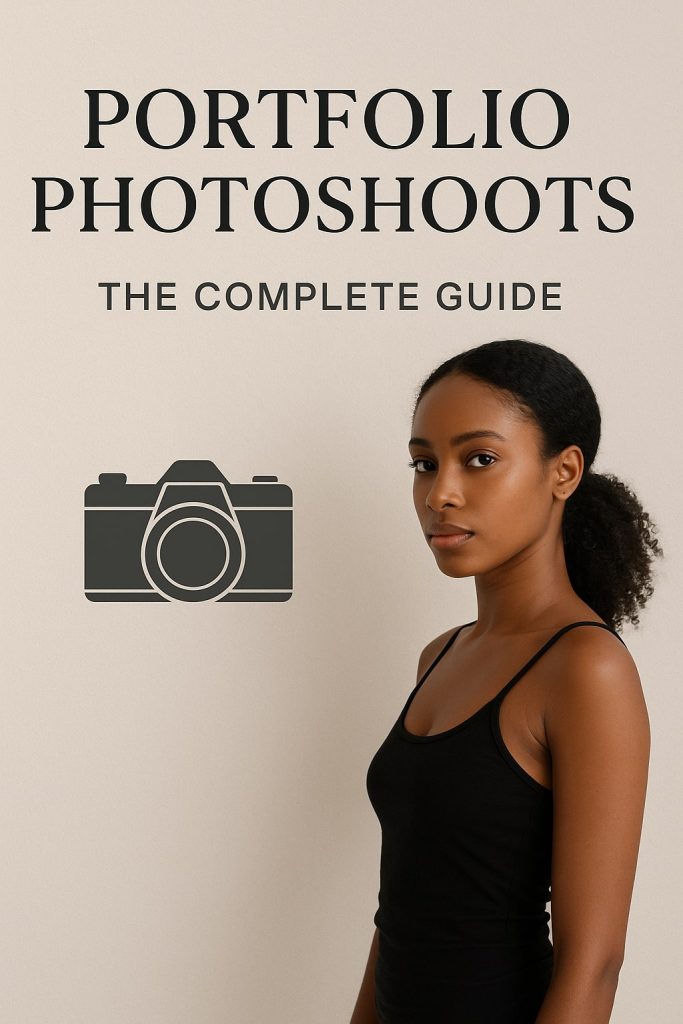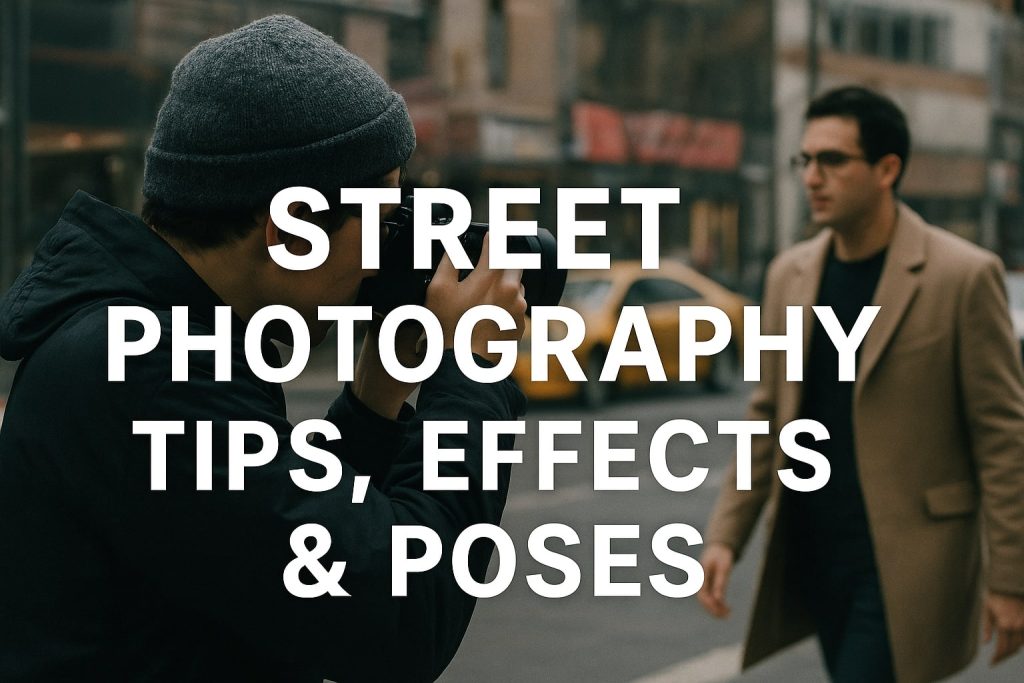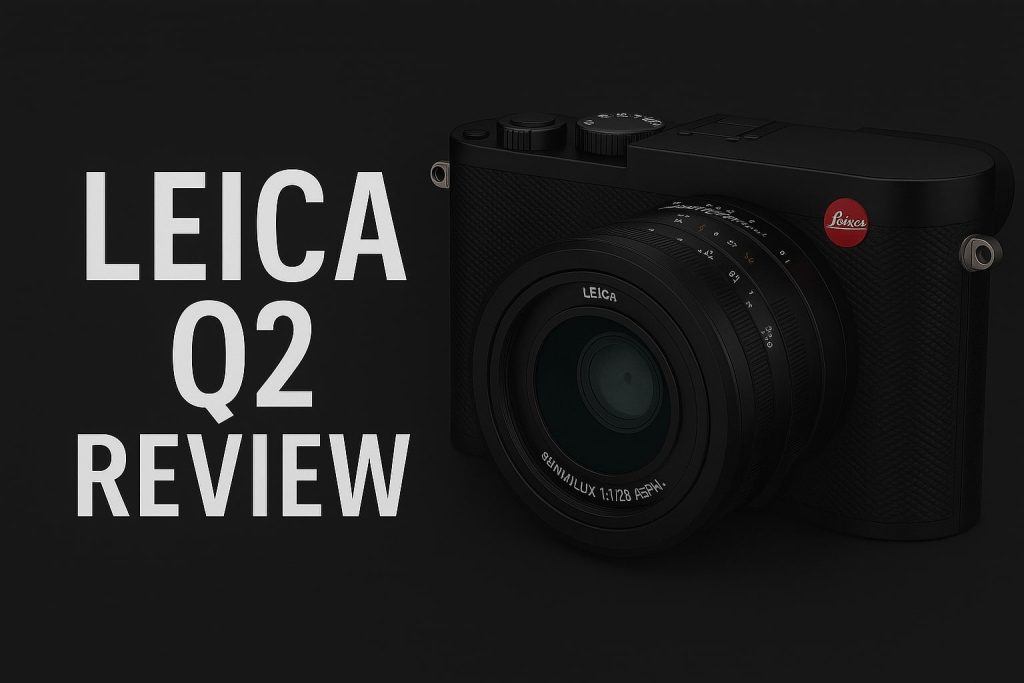Lighting is the backbone of dramatic model photography. Whether you are shooting in a studio or using natural light outdoors, understanding how to manipulate light can elevate your images from ordinary to extraordinary. This guide will walk you through the best lighting techniques to create high-impact model portraits that captivate audiences.
The Importance of Lighting in Dramatic Photography
Lighting in photography is not just about brightness; it is about sculpting the subject. It determines mood, depth, and emotion. Dramatic lighting adds intensity and visual interest to model photography, helping to tell a compelling story through images.
Understanding Light and Shadow
- Directional Light: Creates depth and structure by controlling highlights and shadows.
- Hard vs. Soft Light: Hard light emphasizes details and texture, while soft light creates a more gradual transition between highlights and shadows.
- Contrast: High contrast makes images look more dramatic, while low contrast gives a softer effect.
- Shaping Light with Modifiers: Use reflectors, diffusers, and grids to manipulate the way light interacts with your model.
Types of Lighting for Dramatic Photography
1. Natural Light for Dramatic Effects
- Golden Hour: Creates warm, soft shadows and highlights for a cinematic look.
- Backlighting: Produces silhouettes and dreamy effects.
- Window Light: Perfect for moody indoor portraits with natural contrast.
2. Studio Lighting Setups
- Rembrandt Lighting: Creates a triangle of light on one cheek, adding depth and mystery.
- Split Lighting: One side is lit while the other remains in shadow, perfect for edgy portraits.
- Loop Lighting: Soft shadows that define facial structure without making the image too harsh.
- Butterfly Lighting: Commonly used in fashion photography for a flattering glow.
- Low Key vs. High Key: Low-key lighting enhances mystery, while high-key lighting focuses on brightness with minimal shadows.
Equipment for Dramatic Model Photography
- Key Lights: Main source of illumination (LEDs, strobes, or continuous lights).
- Fill Lights: Soften shadows without overpowering the main light.
- Backlights: Add separation between the subject and background.
- Gels & Color Filters: Create artistic effects and moods.
- Reflectors and Diffusers: Adjust the intensity and spread of light.
Creative Lighting Techniques for Impactful Shots
1. Using Shadows for Drama
Shadows add mystery and dimension. Experiment with objects like blinds, tree leaves, or textured glass to create artistic shadow patterns.
2. Rim Lighting for Silhouettes
Placing a light source behind the model highlights the edges of the subject, creating a glowing outline that separates them from the background.
3. Colored Gels for Mood and Effect
Using colored gels on your lights can shift the mood entirely—warm tones evoke passion, while cool tones create a cinematic feel.
4. Light Painting for Artistic Expression
Long exposure and handheld light sources allow you to “paint” with light, adding dynamic effects to portraits.
Outdoor Dramatic Lighting Techniques
- Golden Hour vs. Blue Hour: Golden hour provides soft, warm light, while blue hour gives a cool and cinematic ambiance.
- Using Streetlights: For urban portraits, streetlights add natural contrast.
- Moonlight Photography: A rare but stunning way to achieve unique images.
Post-Processing for Enhanced Drama
Even the best-lit photos can benefit from subtle retouching:
- Dodging and Burning: Enhances highlights and shadows for more depth.
- Color Grading: Adjust hues to emphasize mood.
- Sharpening and Contrast Adjustments: Increase clarity without over-processing.
Common Mistakes to Avoid in Dramatic Photography
- Overexposure: Losing detail in highlights.
- Underexposure: Hiding too many details in shadows.
- Flat Lighting: Avoid lack of contrast, which makes the image less dramatic.
- Ignoring Backgrounds: Cluttered backgrounds can take attention away from the subject.
Conclusion
Mastering dramatic model photography lighting requires practice, creativity, and a solid understanding of light manipulation. By experimenting with different lighting setups, playing with shadows, and using post-processing wisely, you can create striking images that leave a lasting impression.
With these techniques in hand, you’re ready to push the boundaries of dramatic model photography. Whether working with natural light, studio setups, or a mix of both, the key is to sculpt the light in a way that enhances emotion and tells a compelling visual story.
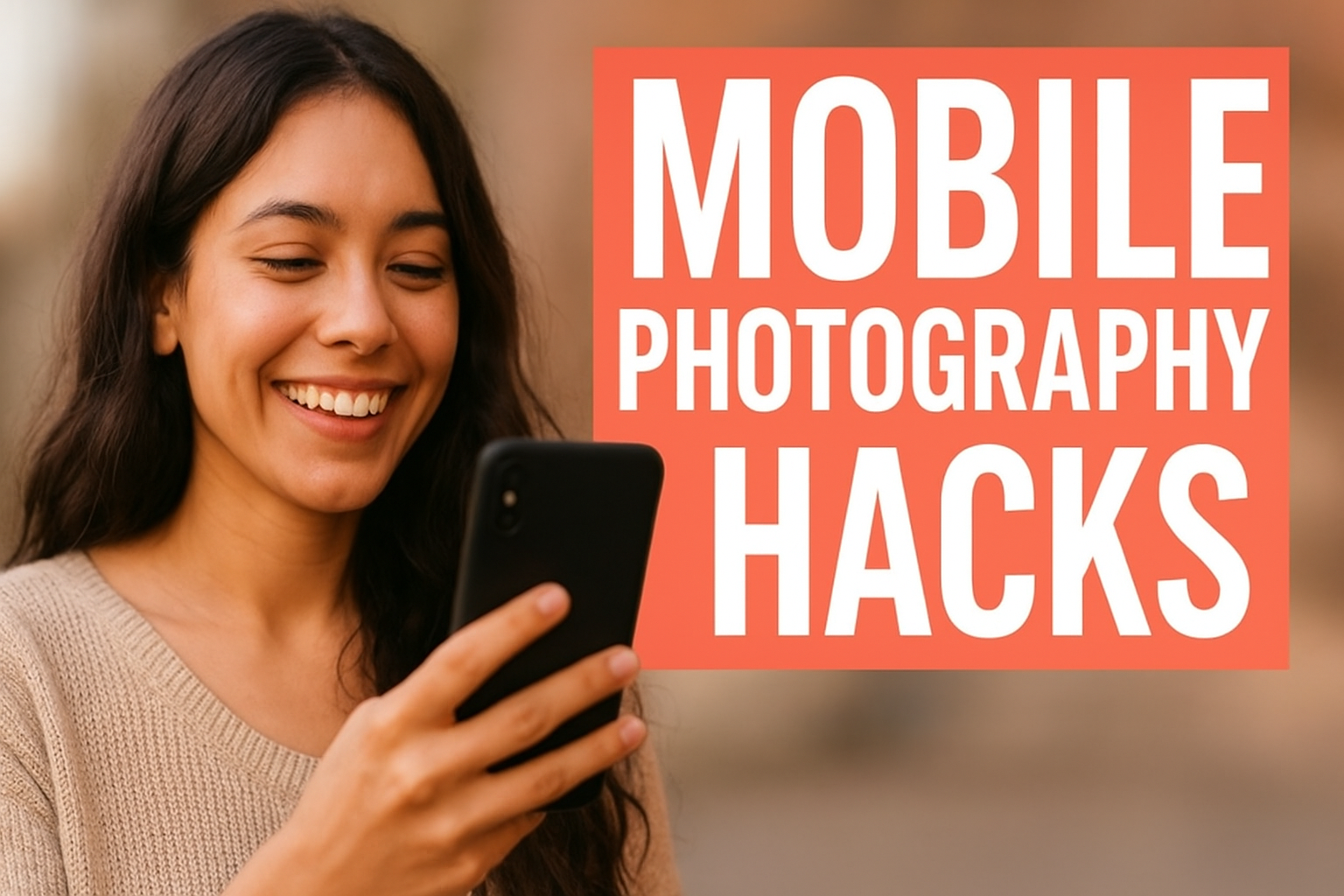
Mobile Photography Hacks: Candid Moments with Your Phone
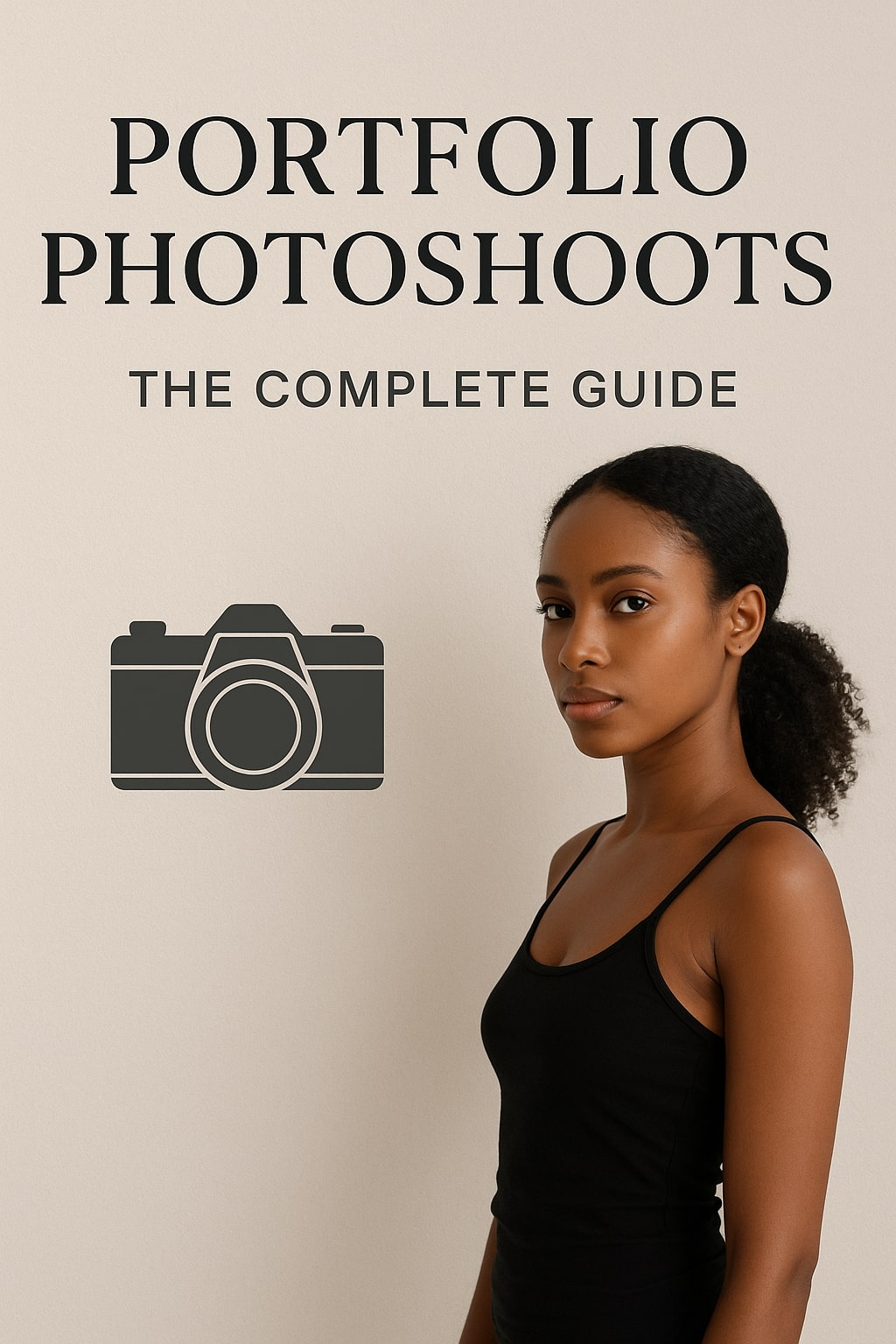
Professional Model & Portfolio Photoshoots: Show Your Best Work
-
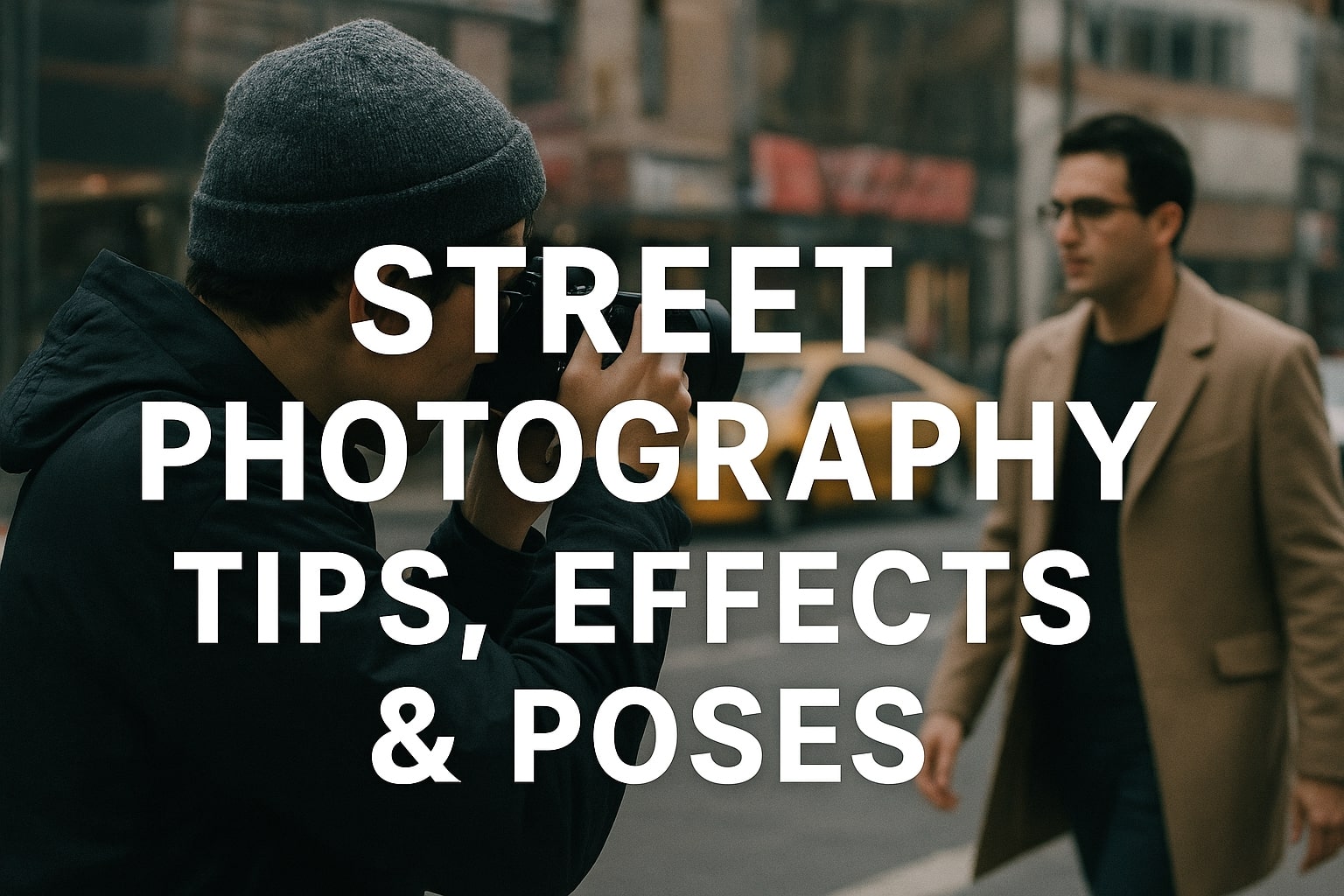
Street Photography Tips, Effects & Poses – Complete Guide
-

Leica Q2 for Photography: Why It’s Loved by Photographers
Mobile Photography Hacks: Candid Moments with Your Phone
Discover high-impact mobile photography hacks to capture genuine, gorgeous candid moments with your phone. Learn practical tips, composition secrets, and pro techniques to turn everyday scenes into stunning visual stories. Introduction: The New Age of Mobile Photography Photography has evolved beyond heavy cameras, technical jargon, and expensive equipment. Today, the power to capture extraordinary moments
Professional Model & Portfolio Photoshoots: Show Your Best Work
” Discover how to plan, style, and execute stunning portfolio photoshoots that showcase your skills, personality, and versatility. This comprehensive guide covers professional tips, posing ideas, gear suggestions, and industry insights for models and photographers.” Introduction – Why Portfolio Photoshoots Are the Cornerstone of a Photographer’s Career A well-crafted portfolio photoshoot is more than a
Street Photography Tips, Effects & Poses – Complete Guide
Discover the ultimate guide to Street Photography with expert tips, creative effects, and dynamic poses. Learn how to capture authentic urban moments, master composition, and tell powerful visual stories through your lens. Article Outline 1. Introduction to Street Photography Street Photography is more than just taking pictures of people in public spaces — it’s about
Leica Q2 for Photography: Why It’s Loved by Photographers
Introduction: The Cult Status of the Leica Q2 The Leica Q2 is not just a camera—it’s a statement. Combining the heritage of German precision engineering with modern digital excellence, it holds a special place in the hearts of professional and passionate photographers alike. With its full-frame sensor, prime Summilux lens, and minimalist design, the Q2
Top Cameras Under ₹1 Lakh for Freelance Photography
Freelance photography is no longer a niche—it’s a booming creative profession that demands not only vision and hustle but also the right gear. Your camera isn’t just a tool; it’s your storytelling partner. If you’re a freelance photographer aiming to balance performance, versatility, and budget, investing in a cameras under ₹1 lakh can offer the
Top Features of Nikon D850 That Make It Ideal for Photoshoots
Explore the top features of the Nikon D850 that make it a powerhouse for photoshoots. From exceptional resolution to dynamic range, this detailed Nikon D850 guide is built for professional and aspiring photographers. 1. Introduction When Nikon launched the D850, it quickly earned a reputation as a flagship DSLR that redefined what photographers could expect
